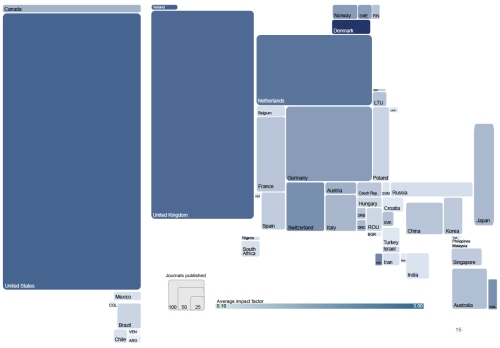As I watched news of Osama bin Laden’s death last spring unfold across four screens (a TV for broadcast news, a laptop for websites, an iPad for Twitter and an iPhone for Facebook), one message stood out. A student tweeted at me to get perspective:
@kbculver actual question (in seriousness): what was it like on the UW-Madison campus when 9/11 occurred?
I recalled the sense of helplessness. I recalled the feeble email I sent out to my class about how we would continue to meet and talk and write and edit even though the shock and sadness made grammar quizzes and lead-writing feel beyond inconsequential. I recalled wanting to mark that moment, and then I remembered the person who best captured it for me.
Leonard Pitts from the Miami Herald penned a column a few days after 9/11 that spoke to so many. In today’s landscape, it would have been a Twitter explosion and gone on countless Facebook walls. But back then, it went viral in the way of that time, via email and hallway conversations. “Did you read that ‘unspeakable bastards’ column?” Pitts captured people’s feelings by writing directly toward the mastermind of our shared nightmare:
Snip:
“It’s my job to have something to say.
They pay me to provide words that help make sense of that which troubles the American soul. But in this moment of airless shock when hot tears sting disbelieving eyes, the only thing I can find to say, the only words that seem to fit, must be addressed to the unknown author of this suffering.”
Read what he concluded: http://www.miamiherald.com/2008/09/11/681912/leonard-pitts-jr-well-go-forward.html#ixzz1Xkx7E4yt
Tears moved silently down my cheeks as a I read that the first time, and they welled again when I went back to it upon bin Laden’s death.
I tweeted it at that student, so he understood that UW-Madison was like every other corner of the U.S. that fall. In Vilas Hall, on Bascom Hill and down the Lakeshore Path, people wandered, shocked and often silent. Each time a military jet flew over Lake Mendota, I wondered if I would ever again meet that sound without fear.
In those lost days and the trying times since, I found journalism speaking to me as it hadn’t before. I found interpretations of my feelings, inspiration from our humanity and insight into our failings.
Many, many examples abound, but I would suggest these pieces as a look into what journalism gave us in the wake of a national tragedy.
Newsweek had a fascinating piece about the final moments aboard Flight 93 before it crashed into the Pennsylvania countryside. I was uncomfortable with some of its assumptions, but it was a harrowing tale nonetheless. It doesn’t appear in Newsweek’s archives, but this seems to be a full capture: http://www.j-bradford-delong.net/totw/flight_93.html
The Atlantic Monthly ran a stunning series by William Langewiesche that was later
published as a book, American Ground. It details the efforts to recover the dead and remove the massive ruins of the site. The book drew criticism in certain corners for its unvarnished look at the behavior of some at the site. But it’s a gripping and rich look at what followed the attacks.
Finally, nothing brought home the reality of that tragedy more for me than the New York Times’ “Portraits of Grief.” Unfurling slowly over weeks, then months, the Times gave us brief and human stories of more than 2,500 people who perished that day. The minute details of everyday lives struck me like nothing else.
A jet flew over my head this morning, set against the same brilliant blue sky of that September Tuesday 10 years ago. I was not afraid. I do not know exactly when that fear faded across all the autumn Tuesdays of the last decade. But I carry with me the work of Pitts and others, those whose words marked a time of indescribable reality.

